Article Source: New Smart Element
Ten years ago, "earthquake prediction" was still a topic of speculation within the industry, much like the Loch Ness Monster, but with the development of machine learning, the possibility of "accurate earthquake prediction" has taken a step forward.

Image Source: Generated by Wujie AI
In recent times, earthquakes have been frequent around the world.
On January 1st, Japan was hit by a sudden magnitude 7.6 earthquake, followed by reports of disasters. According to statistics, at least 62 people have died.
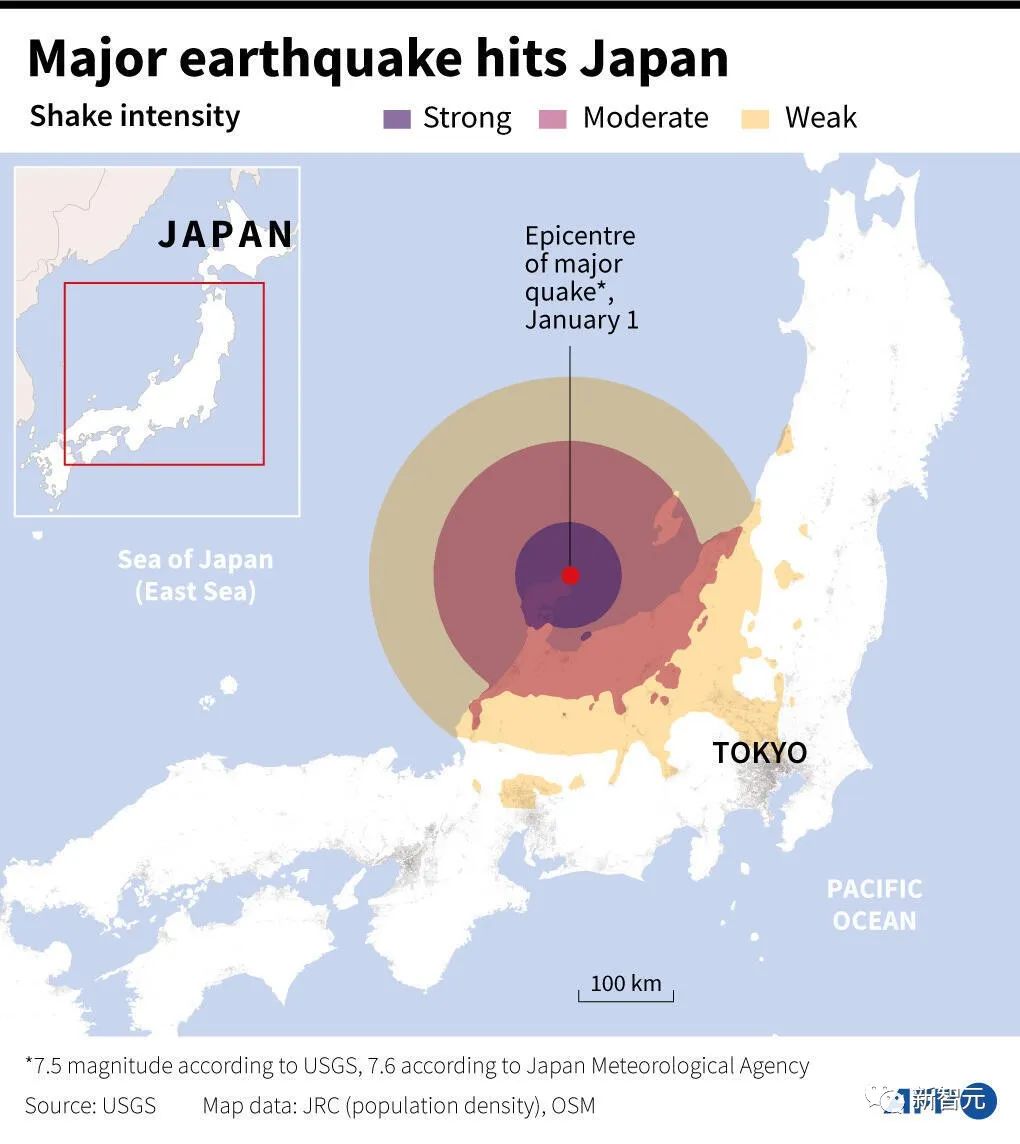
And once again, the question arises: when will humans be able to predict earthquakes in a timely manner?
Don't worry, progress is being made.
Now, researchers have made significant breakthroughs in using AI and other technologies to predict earthquakes in a timely manner.
Scientists are using machine learning to study "slow earthquakes" signals along fault lines (useful indicators of impending earthquakes), which are expected to serve as a scientific basis for accurate earthquake prediction.
AI technology has also become an important tool for distinguishing earthquake signals from other geological noise.
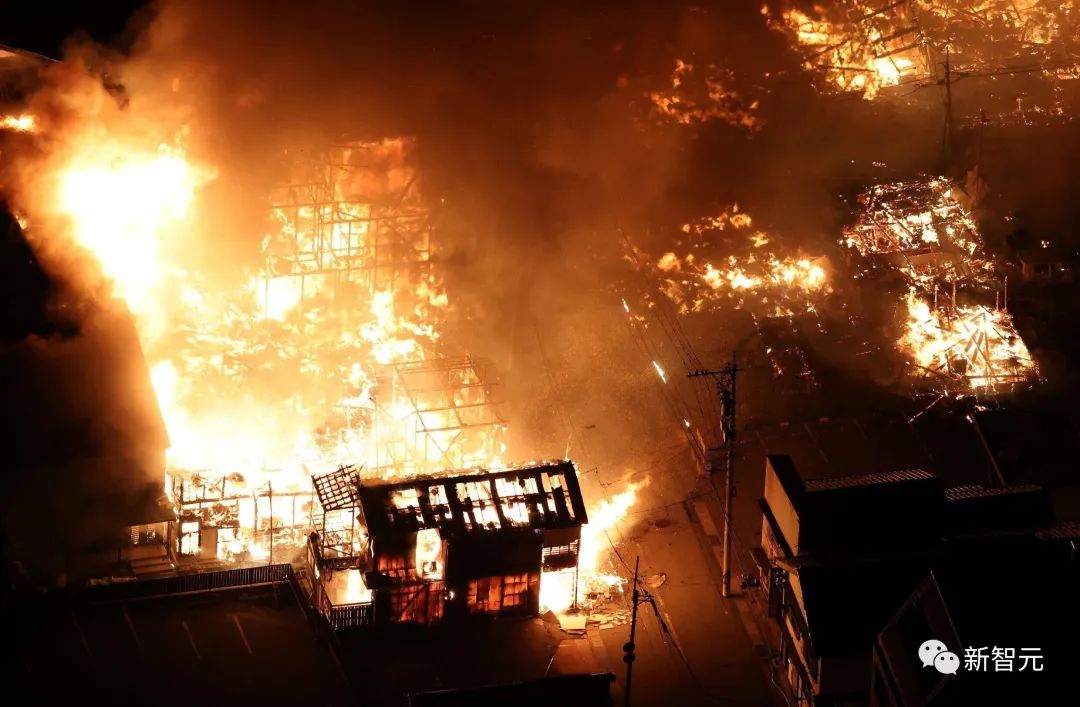
Earthquake Early Warning
In September 2017, about two minutes before a magnitude 8.2 earthquake struck Mexico City, a piercing alarm reminded residents that an earthquake was imminent.
The earthquake early warning system, now widely used worldwide, can emit a loud signal to affected areas within three to five seconds after the onset of a potentially destructive earthquake.
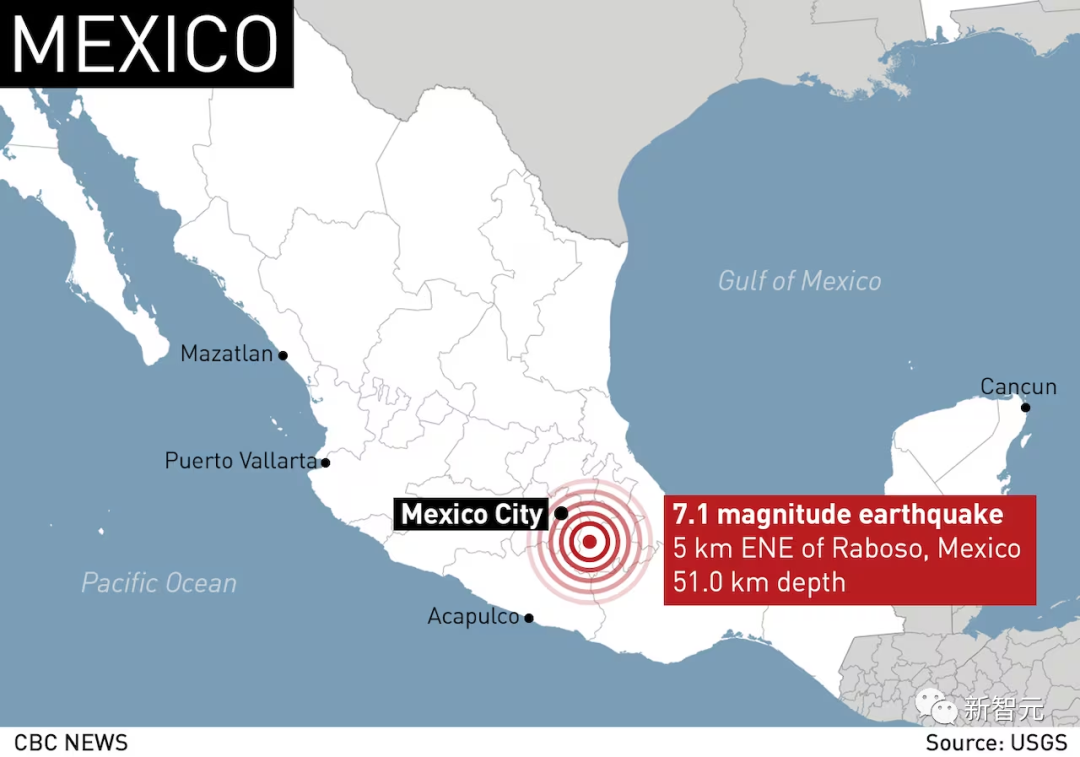
First, earthquake sensors near fault lines can capture the start of an earthquake, and finely programmed algorithms can determine the likely magnitude.
If it is a moderate or large earthquake, the warning signal will propagate faster than the earthquake itself, providing a window of several seconds to several minutes.
This time window is crucial: in these few seconds to minutes, people can shut off power and gas pipelines, move fire trucks onto the streets, and relocate to a safe place.
However, these early warning systems have limitations and can lead to false alarms and missed alarms.
More importantly, their role is only to provide early warning, not to predict.
"Earthquake Prediction" is no longer a far-fetched idea
Predicting earthquakes is extremely difficult.
But in recent years, there has been some hope.
Dr. Allie Hutchison, the author of this article and a seismology Ph.D., stated that when she began pursuing her Ph.D. in seismology in 2013, the topic of earthquake prediction seemed unserious, much like searching for the Loch Ness Monster, and was not part of mainstream research.

But just seven years later, many things have changed.
Starting in 2020, when Hutchison began her second postdoctoral research, she found that scientists in the industry were more open to earthquake prediction.
The project she is involved in, Tectonic, uses machine learning to advance earthquake prediction. The European Research Council believes in the potential of this project and has provided a donation of 3.4 million euros for a four-year period.
Today, many respected scientists have made progress in their respective subfields.
For example, the behavior of "slow earthquakes" along fault lines (useful indicators of impending earthquakes) and earthquake noise.
But it's still very difficult
The reason predicting earthquakes is so difficult is that experts know very little about it.
In the 1960s, the theory of plate tectonics was widely accepted, but decades later, people's understanding of the causes of earthquakes is still limited to stress accumulation reaching a critical threshold, leading to earthquake release.

But experts have little knowledge of what is happening along a given fault line.
They can construct an approximate map of the fault by using seismic waves and plotting earthquake locations, but they cannot directly measure the stress it is under or quantify the threshold for ground movement.
The best thing that can be done in earthquake prediction is to understand the frequency of earthquakes in a specific area.
For example, the last earthquake that caused the entire length of the southern San Andreas Fault in California to rupture occurred in 1857.
It is estimated that the average time interval for a major earthquake to occur there is between 100 and 180 years. Based on rough calculations, the second earthquake may be "late."
Of course, these recurrence intervals can vary greatly, and the sample size is limited to the range recorded in human history and geological records, which is only a tiny fraction of the earthquakes that have occurred in Earth's history.
At one time, experts were very confident.
In 1985, scientists installed seismometers and other earthquake monitoring devices along the Parkfield section of the San Andreas Fault in central California.
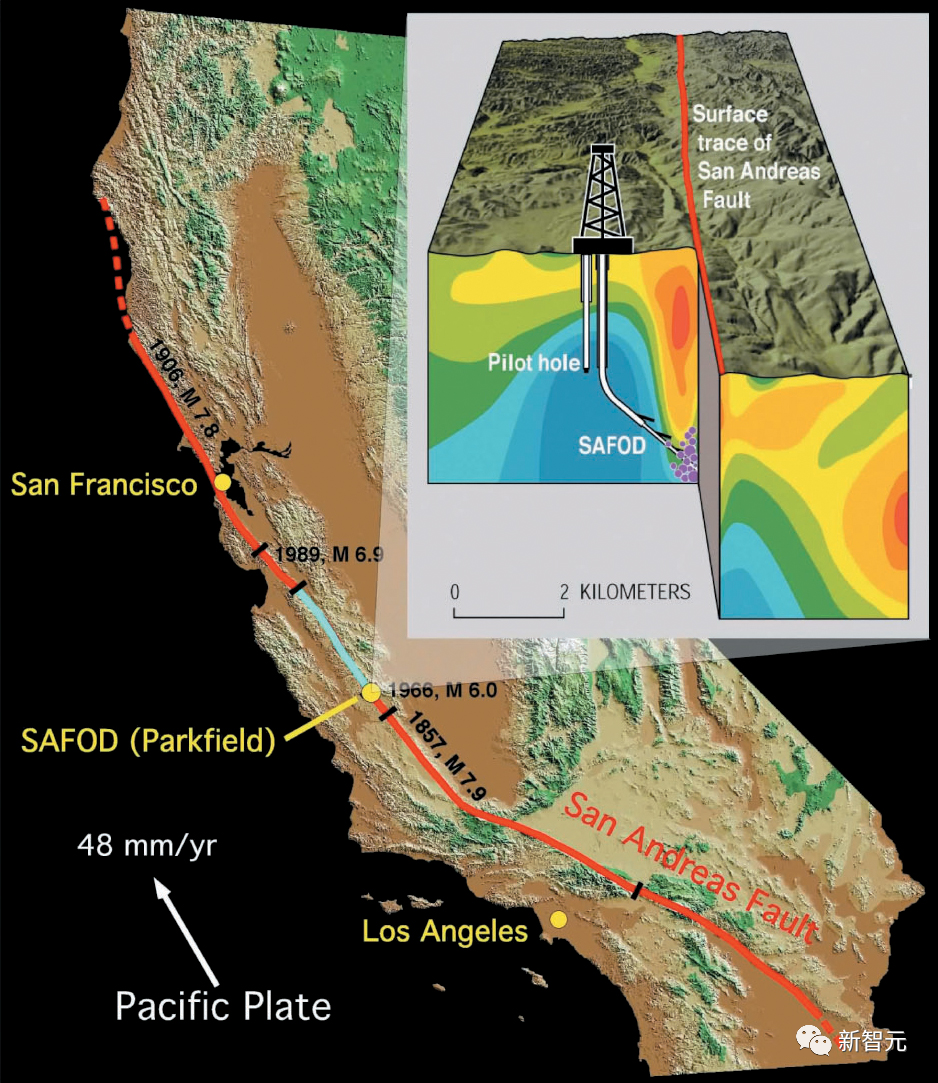
Compared to earthquakes along other fault lines, the intervals between the six earthquakes that occurred in that area were unusually regular, so scientists from the U.S. Geological Survey confidently predicted that the next earthquake of a similar magnitude would occur before 1993.
But in reality, this earthquake did not occur until 2004, so it can be said that the prediction failed.
Moreover, for areas prone to major earthquakes, the intervals may be as long as several hundred years, and the uncertainty is so great that this prediction method is basically unreliable.
In this regard, Tom Heaton, a geophysicist at the California Institute of Technology and former senior scientist at the U.S. Geological Survey, has expressed doubts: we simply cannot predict earthquakes.
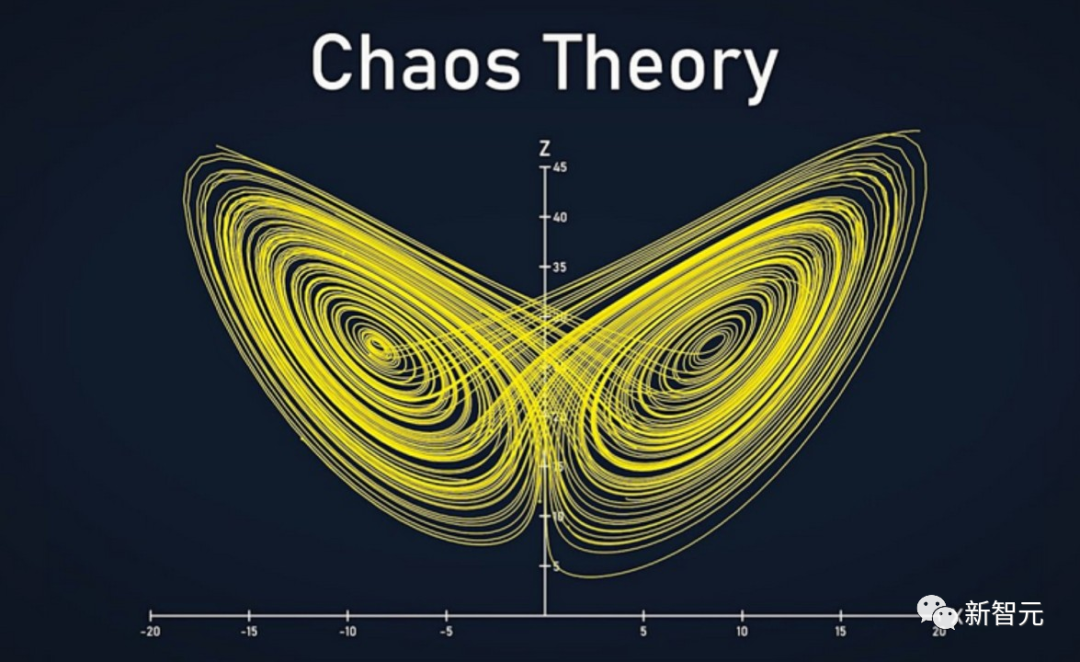
In his view, earthquakes are largely a random process—we can attach probabilities to events, but we cannot predict them accurately.
"From a physical point of view, this is a chaotic system. There is important evidence behind all of this that the behavior of the Earth is orderly and deterministic. But without a full understanding of what is happening underground, it is impossible to intuit this order."
New tools make earthquake prediction more reliable
For a long time, earthquake prediction even carried a hint of pseudoscience, until after 2000, two discoveries opened up the possibility of predicting earthquakes.
The first discovery was a strange low-amplitude signal found by earthquake scientists in southwestern Japan. This signal often lasts for several hours to weeks, and scientists call it "tectonic tremor."
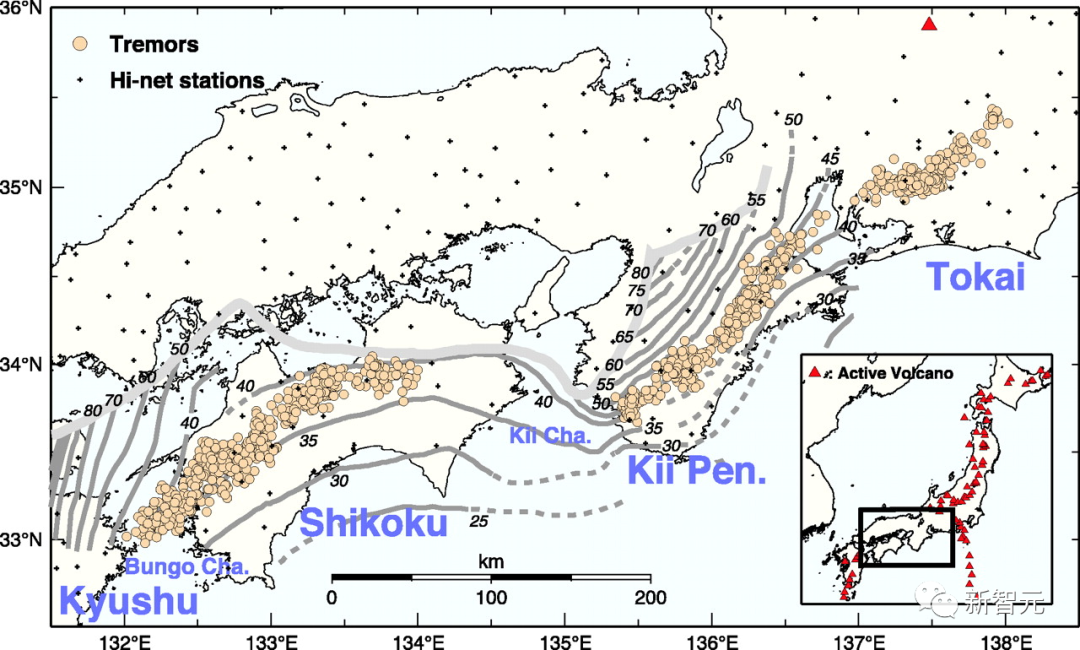
The second signal possibly related to earthquakes is the slow movement of the Earth's crust in a strange direction, discovered by geodesists in the Cascadia Subduction Zone, which scientists call "slow slip" phenomenon.
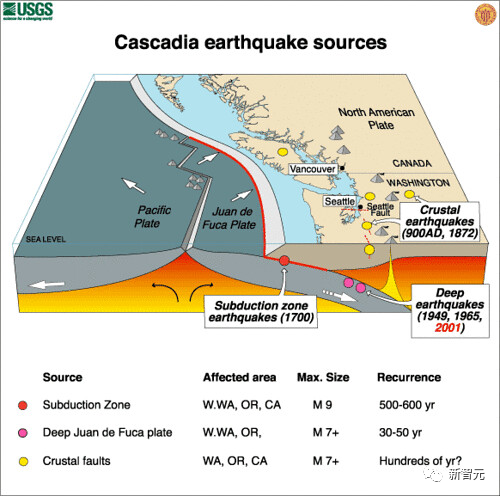
Scientists who discovered the second strange geological movement further found a signal called "slow earthquakes" in southwestern Japan.
Like regular earthquakes, these slow earthquakes can redistribute stress in the Earth's crust.
However, the duration of these "slow earthquakes" can be very long, possibly lasting for several years.
During these "slow earthquakes," the probability of regular earthquakes occurring is greatly increased.
Further research has found that after these "slow earthquakes," regular earthquakes are very likely to occur, but the conclusion is not absolute.
Although scientists have not found an absolute correlation between "slow earthquakes" and regular earthquakes, some scientists believe:
The precursor signals of earthquakes may be hidden within them, but we have not yet found a way to measure these precursor signals well enough.
Extracting useful information from these complex signals is where AI can be effective.
AI Can Find Real Earthquake Signals from Noise
In 2017, Paul Johnson of Los Alamos National Laboratory in New Mexico began using machine learning to understand earthquake data.
He established a laboratory to artificially simulate earthquakes using various methods.
For example, rock samples were placed in metal frames, cut at the core to simulate faults, and subjected to confining pressure, allowing local sensors to measure the deformation of the samples.
Under this simulated earthquake system, they found that machine learning could help researchers predict how long it would take for artificially induced faults to trigger vibrations.

To the surprise of scientists, they found that many signals previously considered noise were identified by machine learning as the main signals that could be used for prediction.
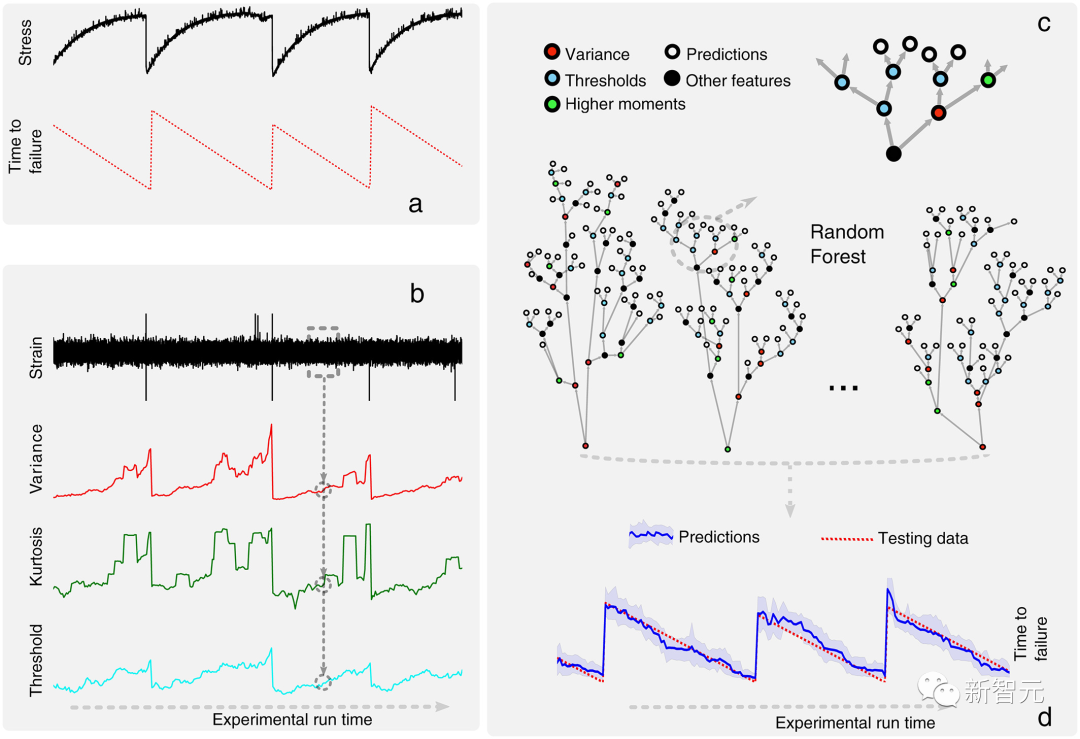
Johnson then began applying these findings to earthquake data in the Cascadia Subduction Zone. They identified continuous signals from the subduction zone in the earthquake data.
These "slow earthquake" signals have allowed scientists to re-establish a seismic data model.
Johnson said:
Machine learning can establish some associations that did not exist before, and some of these associations are very surprising.
Scientists Are Experimenting with AI
In addition, many other scientists are using machine learning in different ways to study earthquakes.
Although related research is still in its early stages, machine learning methods can reveal hidden structures and causal relationships, making data no longer appear as a jumble of numbers.
Scientists at Stanford University, including Mostafa Mousavi and Gregory Beroza, are studying how to use machine learning to predict earthquake magnitudes using seismic data from a single seismometer, which is very useful for early earthquake warning systems.
Brendan Meade, a professor of Earth and Planetary Sciences at Harvard University, can use neural networks to predict the locations of aftershocks. Zachary Ross of the California Institute of Technology and other researchers use deep learning techniques to distinguish earthquake signals from highly noisy data, enabling scientists to detect more earthquakes.
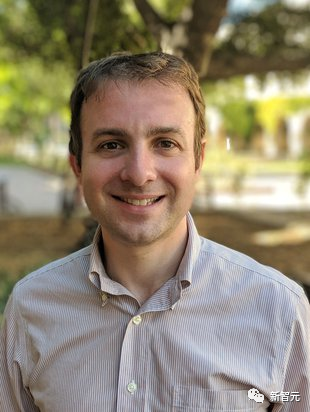
Beroza, Mousavi, and Margarita Segou of the British Geological Survey have used machine learning to identify earthquake data, discovering possibly ten times more earthquakes than previously known, thus creating a larger earthquake database.
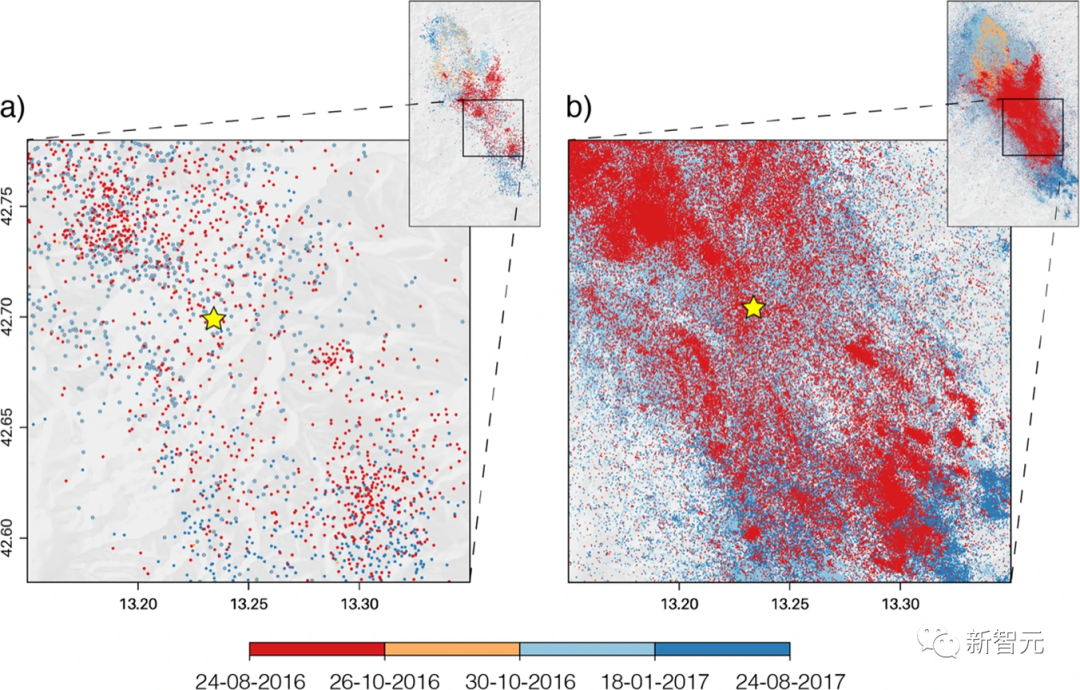
They published their findings in a paper in Nature Communications in 2021. These improved datasets can help humans and machines better understand earthquakes.

It is visibly clear that a paradigm shift is taking place in earthquake prediction.
It may take several decades to determine the significance of this period of earthquake research and whether it has a revolutionary impact.
What is certain is that AI has indeed made a difference.
Reference:
https://www.technologyreview.com/2023/12/29/1084699/machine-learning-earthquake-prediction-ai-artificial-intelligence/
免责声明:本文章仅代表作者个人观点,不代表本平台的立场和观点。本文章仅供信息分享,不构成对任何人的任何投资建议。用户与作者之间的任何争议,与本平台无关。如网页中刊载的文章或图片涉及侵权,请提供相关的权利证明和身份证明发送邮件到support@aicoin.com,本平台相关工作人员将会进行核查。




